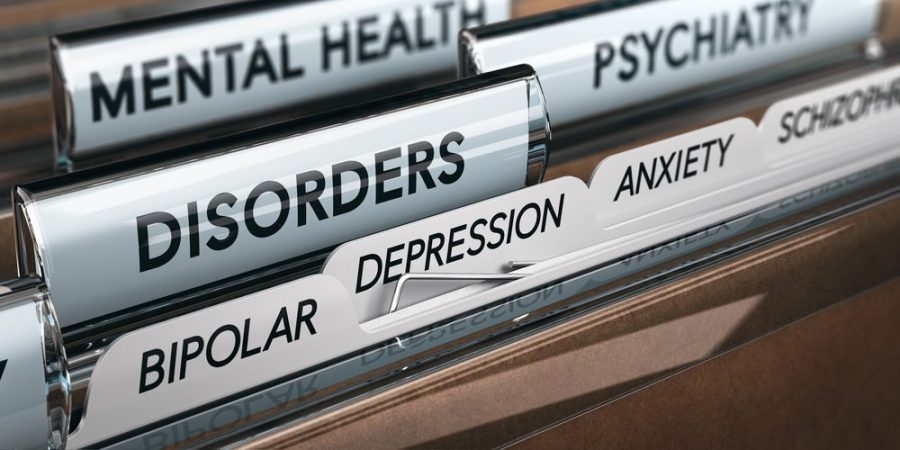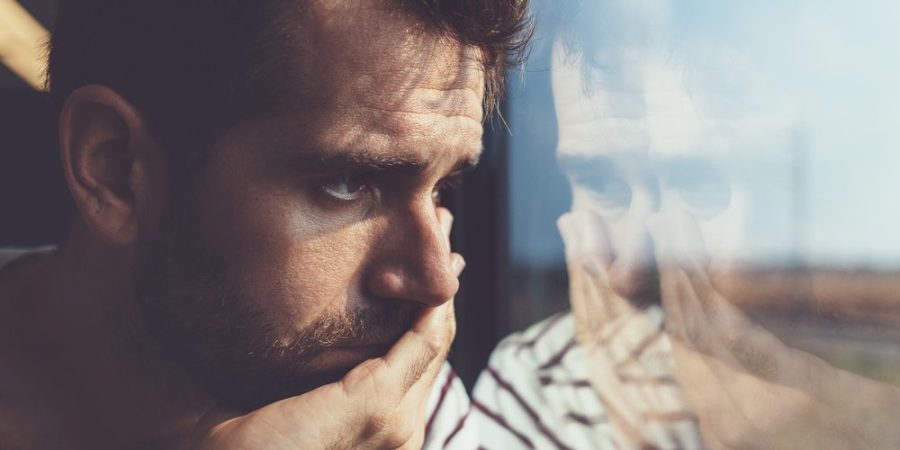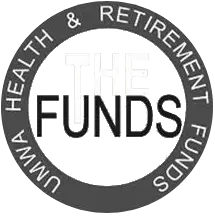Bipolar disorder, previously known as manic depression, is a mental health condition that is characterized by alternating episodes of mania (joy) and depression. Manic episodes are periods of extremely elated behavior, while depressive episodes are periods of complete hopelessness or sadness. The length of the episodes can vary from person to person, but range from a few days to several weeks.
This mental illness can be life-threatening and have detrimental repercussions on a person’s day-to-day life and personal relationships. This disorder lasts a lifetime, but there are practical ways to manage it once it is diagnosed.

There are four main types of bipolar disorder. All variations of the disorder involve changes in mood, energy, and activity levels. Similarly, the impact they have on daily life can range from mild to completely disruptive.
Bipolar I disorder is defined by severe manic episodes followed by severe depressive periods. Manic symptoms can be so critical that an individual needs to be hospitalized. While mania is not inherently dangerous, it can lead people to take risks and make dangerous decisions that jeopardize their safety. To be diagnosed with bipolar I disorder, episodes of mania must last at least a week, while depression has to occur for at least two weeks.
This type of bipolar disorder is often severe, but is the easiest to diagnose due to the extreme symptoms that patients experience. For that reason, people with this disorder can often receive a diagnosis and get treatment without much trouble. However, it is important to keep in mind that outside factors, like substance abuse, can contribute to a misdiagnosis.
Bipolar II disorder is categorized by a milder form of mood elevation, with patterns of depressive episodes and hypomanic episodes. Hypomania is a less drastic manic episode, when compared to bipolar I, that lasts at least four days.
But while the manic episodes are less severe in this disorder, depressive episodes can be just as damaging as in bipolar I disorder, and they can overshadow hypomania when it comes to a diagnosis. This often leads to bipolar II disorder being misdiagnosed as depression.
Cyclothymia is a mix of mild depression and hypomania. Notably, these mood swings never reach the full duration of major depressive or manic episodes.
Due to the nature of these episodes, symptoms can go on for years without the patient believing there is anything wrong. It often takes a loved one or a new relationship to identify these symptoms as issues.
Bipolar disorder can look different for everyone, and it does not always follow the typical patterns. BD-NOS covers any bipolar disorder symptoms that do not meet the criteria of the three main categories. While an individual with BD-NOS does include the highs and lows of mania and depression, they may not follow any of the patterns of the above types of bipolar disorder.

Anyone can develop this mental illness, but most people develop symptoms in their teenage years. Although it is most common in older teenagers and young adults, children as young as six can develop this mental health condition.
People with bipolar disorder often experience a change their sleeping patterns to match their mania or depression. Additionally, they can have sporadic activity levels and intense emotions. These changes are known as mood episodes, which will look different from case to case.
Despite the different ways this disorder can manifest, recognizing the symptoms of mania and depression is the first step to a diagnosis.
These are the “high” points of this mental illness. People relate feelings of extreme happiness and excitement that contrast starkly with depression. These symptoms include:
On the other end of this spectrum, depressive episodes are the “downers.” These episodes often include:
There are some symptoms that are specific to teenagers who have bipolar disorder, which can make diagnosis difficult, because symptoms often appear during adolescence. Some of these age-specific symptoms include:
These symptoms can occur even in teens without bipolar disorder, but multiple symptoms could indicate a mental illness. The time for concern is when these manic and depressive symptoms start to disrupt day-to-day life. If this is the case, the best thing to do is seek professional mental health care.

The primary contributors of bipolar disorder are still unknown. Mental health is complicated, and this mental health condition is no exception to that rule. Researchers continue to try to pinpoint factors that have the largest effect on this mental illness. Some, if not all, of these factors could affect the progression of bipolar disorder.
Early diagnosis can make all the difference. For people just beginning to understand their mental illness or those experiencing worsened symptoms, going to an Ohio mental health facility can provide a healthy path forward.
In some cases, medication offers an appropriate treatment modality. At Georgetown Behavioral Hospital, our medication management is conducted carefully and with respect to each patient’s experience with addiction. We work with patients to decide what medication (if any) is right for them, and we employ therapies and evidence-based treatments that work to help minimize symptoms without medication.
Some of these treatment options include:
If you think you or a loved one has bipolar disorder, the best thing you can do is seek professional help. Mental illness is often complicated and, in some cases, dangerous. Professional mental health care is a way to safely address mental health concerns in a respectful, healthy space.
If you don’t know why you feel depressed for a few days and then suddenly feel ecstatic, or if you feel lost and hopeless, you need professional help. Don’t avoid receiving treatment until the symptoms have become life-threatening. Early treatment is the best course of action, but it is never too late to seek help for bipolar disorder.
If you’d like to discuss your care at Georgetown Behavioral Hospital, you can contact our admissions specialists at 937-483-4930 or fill out this online contact form.










